Description
Algorithms and Data Structures: Master Core CS Concepts
Unlock the foundational knowledge needed for advanced computer science with Algorithms and Data Structures. This comprehensive course introduces essential concepts and techniques to solve complex computational problems efficiently. Designed for beginners and experienced programmers alike, this course delves into the principles of algorithmic thinking, data organization, and performance optimization that are vital for careers in software engineering, data science, and beyond.
Course Overview
In this course, you’ll gain a solid understanding of the most important algorithms and data structures used in computer science today. Topics covered include sorting and searching algorithms, recursive solutions, dynamic programming, graph theory, and data structures like arrays, stacks, queues, linked lists, trees, and hash tables. Through hands-on coding exercises and real-world problem-solving scenarios, this course emphasizes the efficient use of resources to design solutions that are both powerful and scalable.
What You’ll Learn
- Understand core data structures: arrays, linked lists, stacks, queues, and hash tables
- Master sorting and searching algorithms, including quicksort, mergesort, and binary search
- Explore advanced topics like dynamic programming and graph theory
- Implement recursive solutions and learn about algorithm complexity analysis
- Optimize code performance and understand Big O notation
Requirements
Basic programming knowledge is recommended, particularly familiarity with a high-level language like Python, Java, or C++. This course is ideal for aspiring software developers, data scientists, and anyone preparing for technical interviews.
Course Description
Algorithms and Data Structures: Master Core CS Concepts
Algorithms and Data Structures can be a particular rewarding area of study, because it drives at the core of computer programming: solving difficult problems.
In the course below, you’ll learn a number of important data structures and algorithms, which we’re sure will prove useful throughout your career. Just as importantly, you’ll develop a stronger ability to understand, break down and solve novel problems, whether inventing your own techniques or repurposing those which you learn here.
At the core of this course are the sequences of problems for each topic. You should aim to solve each problem, using the worked solutions and supplementary explainers as needed. For more suggestions on how to approach CS Primer, see the how-to guide.
Also included are seminars recorded with CS Primer students, which you may like to work through as well, by stopping and asking yourself each of the questions we cover together. These were typically recorded after the students completed 1-2 problems in that module, so are designed to reinforce the fundamental concepts and prepare for harder problems.
As a supplementary resources, I recommend Steven Skiena’s video lectures and book: The Algorithm Design Manual. This tends to be a little less heavy in theory, and has a more “problem solving” orientation than the typically recommended textbooks. There are plenty of other good resources available online, such as those from Tim Roughgarden. Generally I suggest just attempting the problems below, and reaching for the textbook if you feel conceptually stuck or would like further practice problems.
Explore These Valuable Resources
Explore Related Courses
- Explore Related Courses on Advanced Algorithms
- Explore Related Courses on Computer Science Basics
- Explore Related Courses on Programming Fundamentals
- Explore Related Courses on Data Science
- Explore Related Courses on Technical Interview Prep
Discover more from Expert Training
Subscribe to get the latest posts sent to your email.



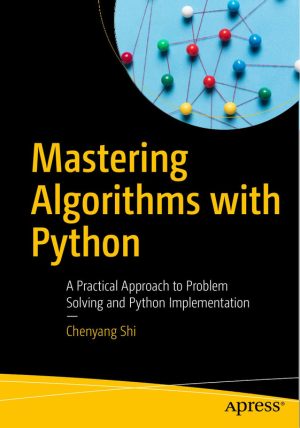
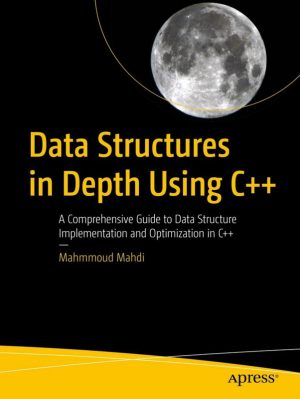

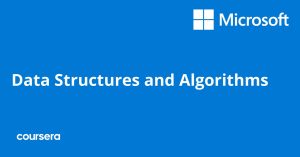
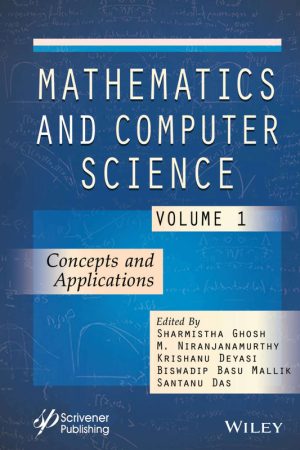
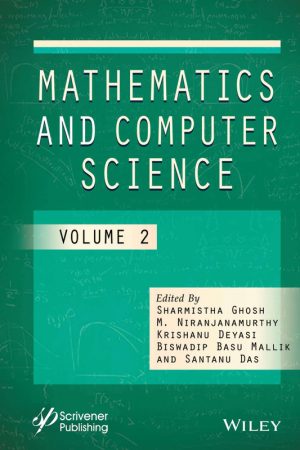






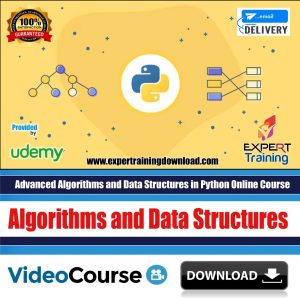
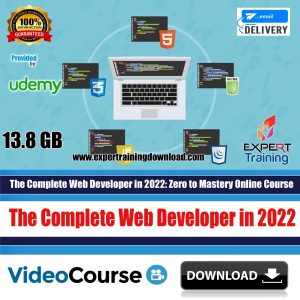
Reviews
There are no reviews yet.